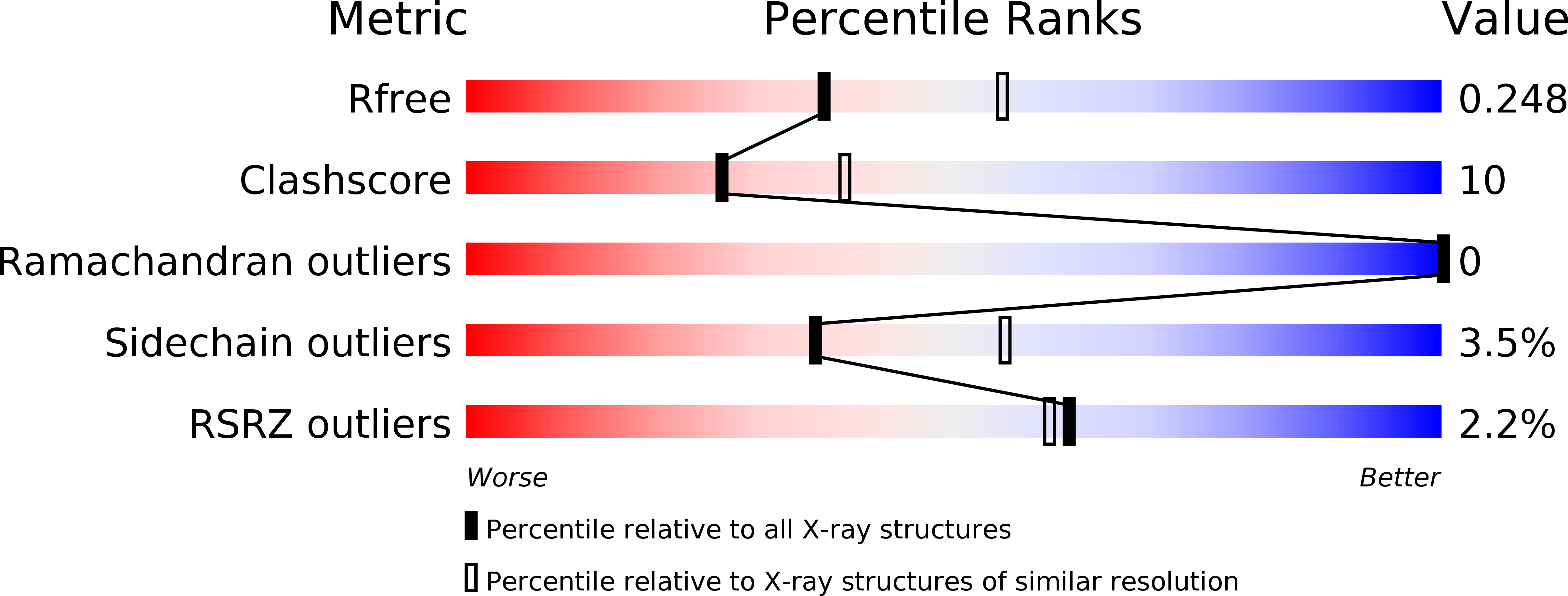
Deposition Date
2019-06-28
Release Date
2019-10-02
Last Version Date
2023-10-11
Entry Detail
PDB ID:
6PJR
Keywords:
Title:
Time-resolved structural snapshot of proteolysis by GlpG inside the membrane
Biological Source:
Source Organism:
Escherichia coli (Taxon ID: 562)
Drosophila melanogaster (Taxon ID: 7227)
Drosophila melanogaster (Taxon ID: 7227)
Host Organism:
Method Details:
Experimental Method:
Resolution:
2.40 Å
R-Value Free:
0.24
R-Value Work:
0.23
R-Value Observed:
0.23
Space Group:
C 2 2 21


